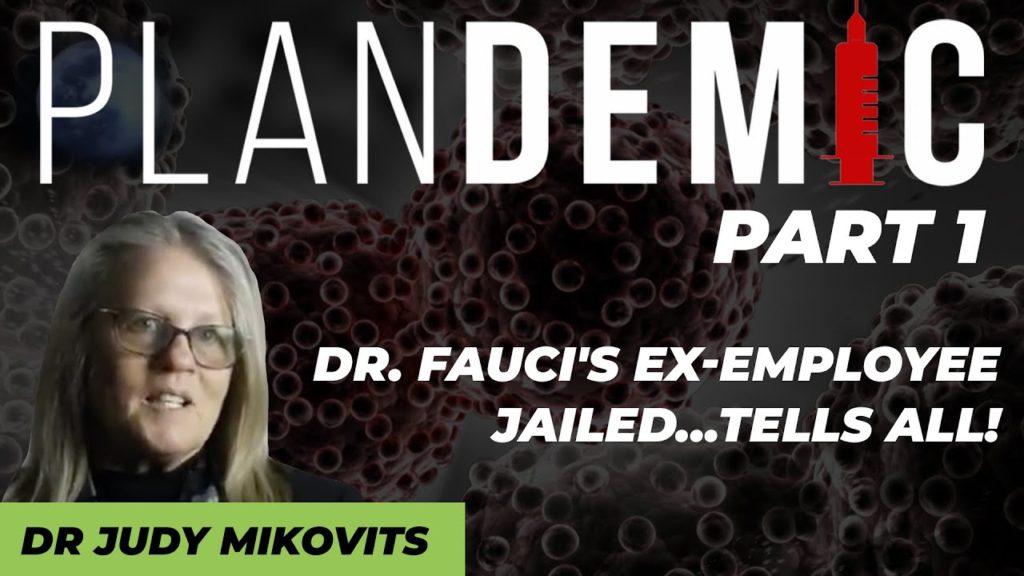Posted 7 May 2020

Let me ask the question – “Is the Earth flat?”
If that were a real question we would have to look for some evidence to answer it.
To give such an investigation some structure, statisticians do something that may seem a little odd: They express the question as a hypothesis in the negative and then look for evidence to disprove that negative hypothesis. That negative hypothesis is known as the ‘null hypothesis”.
So, in my flat Earth example, my null hypothesis would be:
“I hypothesise that the Earth is not flat”.
And then, rather than looking for evidence that the Earth is flat, I have to find reproducible evidence that conclusively shows that it cannot be not flat. Only then can I say with any confidence that it is likely to be flat.
Yes statistics is the science of the double negative!
Why is that relevant?
In my last post, a few comments and discussion made me wonder that perhaps I had inadvertently portrayed myself as a conspiracy theorist and as someone against vaccines. I do not consider myself as either. And nor am I someone who believes the Earth is flat, but that example may help explain why I may have laid myself open to such conclusions.
[Just to recap, my post discussed the film Pandemic. In this film, Dr Judi Mikovits makes many claims about a comprehensive COVID-19 cover-up].
In this morning’s post I began musing how do we establish if this is a plausible narrative or decent into conspiracy theory. “Is the narrative in the film Plandemic true”.
As we did for the Flat Earth example, my brain would then create the null hypothesis:
“The narrative in Plandemic is not true“
Now I am on the look-out for evidence to support/refute my null hypothesis. If I find evidence that supports my null hypothesis, then the veracity of the film narrative becomes less likely with each piece of such evidence. Only if consistently every piece of evidence I find disproves my null hypothesis, can the narrative be possibly true. That is the way my brain works.
I would not be satisfied trawling the narrative to find one thing that is true and then claim that the whole narrative must therefore be true (or conversely, finding one thing that is wrong and thereby claim that the whole narrative must be wrong). Regrettably, this is all too often too easy.
My post this morning was the first piece exploring my null hypothesis. Specifically, I addressed the part of the narrative of the film that claims that the annual flu vaccine increases the risk of COVID-19 infection. I discussed the paper cited as the evidence for this claim.
Reviewing this paper showed that the 2017-18 flu vaccine in the U.S. did make a sample of service personnel more prone to coronavirus infections. The paper is not conclusive about COVID-19 as that is a coronavirus that could not have been tested-for in 2018 (my first draft of the post did not make that point). But COVID-19 is a coronavirus. So the point I reached in my post was another hypothesis rather than a conclusion: Is it possible that SARS CoV2 is like other coronaviruses and could it interact with the flu vaccine and therefore make COVID-19 outcomes worse for those groups who have the flu vaccine? (Of course, we could go on, express that as the null hypothesis, workout how to test it and so on).
That first piece of evidence gathering did not therefore disprove my null hypothesis. That’s all I can usefully say. That alone does not make Dr Mikovits’ testimony right or wrong. At this stage it does not make me find her narrative more or less plausible.
Or, just because I asked the question, that does not make me a Flat-Earther or a Not-Flat-Earther.
Regrettably, fence-sitting is the posture of choice of the statistician!!
